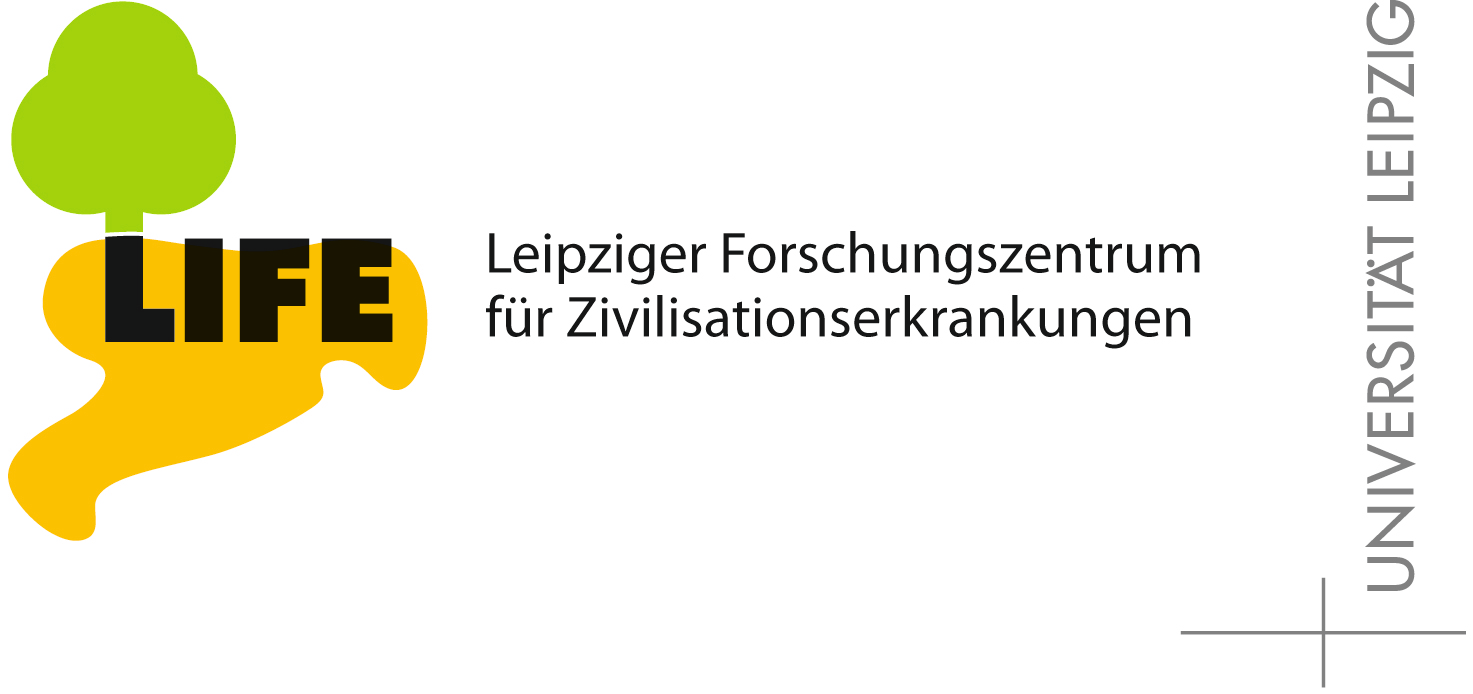Publications - Published papers
Please find below publications of our group. Currently, we list 565 papers. Some of the publications are in collaboration with the group of Sonja Prohaska and are also listed in the publication list for her individual group. Access to published papers ( ) is restricted to our local network and chosen collaborators.
If you have problems accessing electronic information, please let us know:
) is restricted to our local network and chosen collaborators.
If you have problems accessing electronic information, please let us know:
 ) is restricted to our local network and chosen collaborators.
If you have problems accessing electronic information, please let us know:
) is restricted to our local network and chosen collaborators.
If you have problems accessing electronic information, please let us know:©NOTICE: All papers are copyrighted by the authors; If you would like to use all or a portion of any paper, please contact the author.
Geometry and Coarse-Grained Representations of Landscapes
Konstantin Klemm, Jing Qin, Peter F. Stadler
Download
PREPRINT 13-024:
[ Publishers's page ]
[ Publishers's page ]
Status: Published
Recent Advances in the Theory and Application of Fitness Landscapes Emergence, Complexity and Computation Volume 6: 153-176 (2014)
Abstract
Basic geometric notions describing the structure of landscapes as well as the dynamics of local search on them include basins, saddles, reachability and funnels. We focus on discrete, combinatorial landscapes and emphasize the complications arising from local degeneracies. Local search in such landscapes is well described by adaptive walks, which we use to define reachability of a target from an initial configuration. Reachability introduces a topological structure on the configuration space. Combinatorial vector fields (CVFs) provide a more powerful mathematical framework in which the subtleties of local degeneracy can be conveniently formalized. Stochastic search dynamics has a direct representation as a probability space over the set of CVFs with the given landscape as a Lyapunov function. This ensemble of CVFs is amenable to the framework of standard statistical mechanics. The implications of landscape structure on search dynamics are elucidated further by the fact that the set of all CVFs on a landscape has a product structure, factorizing over extended plateaus (so called shelves) of the landscape. Finally, we discuss the coarse graining of landscapes from two perspectives. Traditionally, a partitioning (e.g. by gradient basins) of a given landscape is used to obtain a landscape with fewer configurations called macrostates. A reverse, and less investigated, view on coarse graining considers finer landscapes, with a larger number of configurations than the original one and a non-injective mapping into the original configuration space. Such encodings of landscapes, when suitably defined, turn out advantageous for optimization by adaptive walks.
Keywords
keywords















